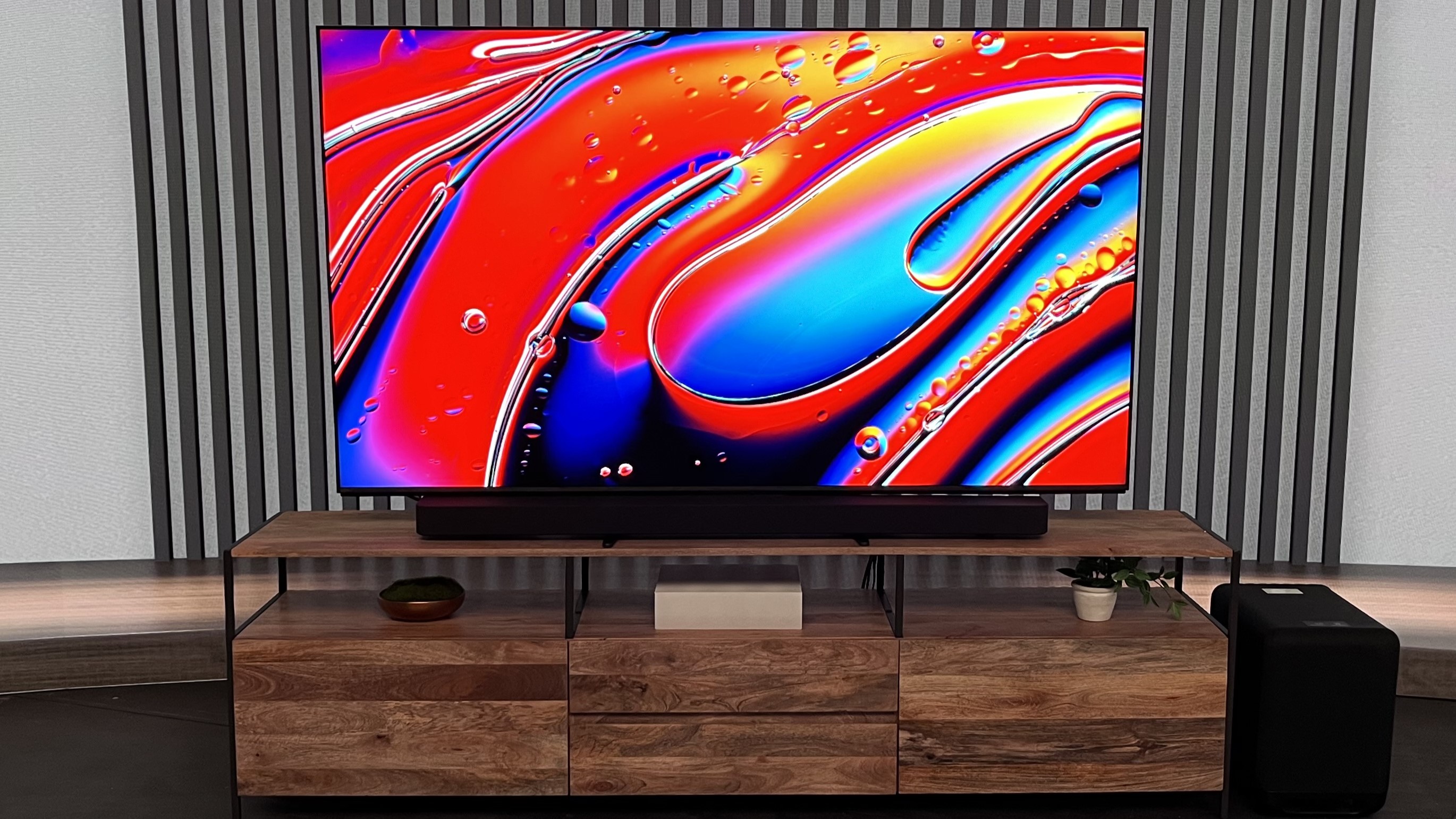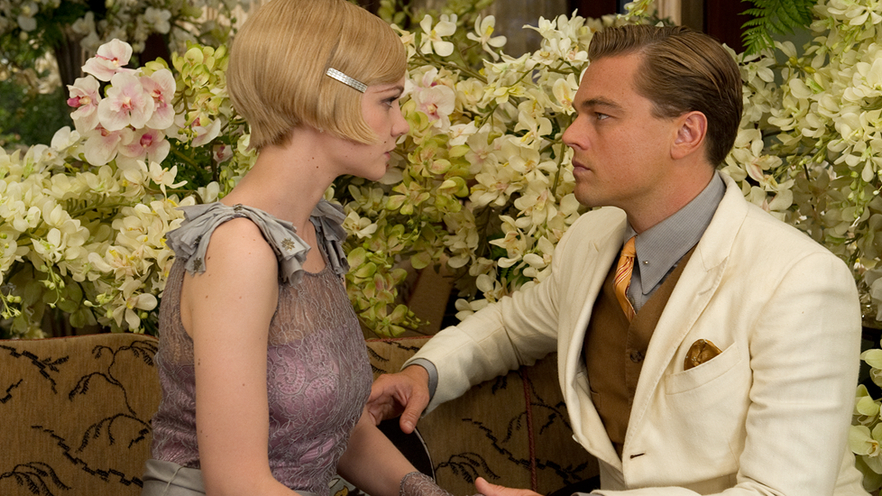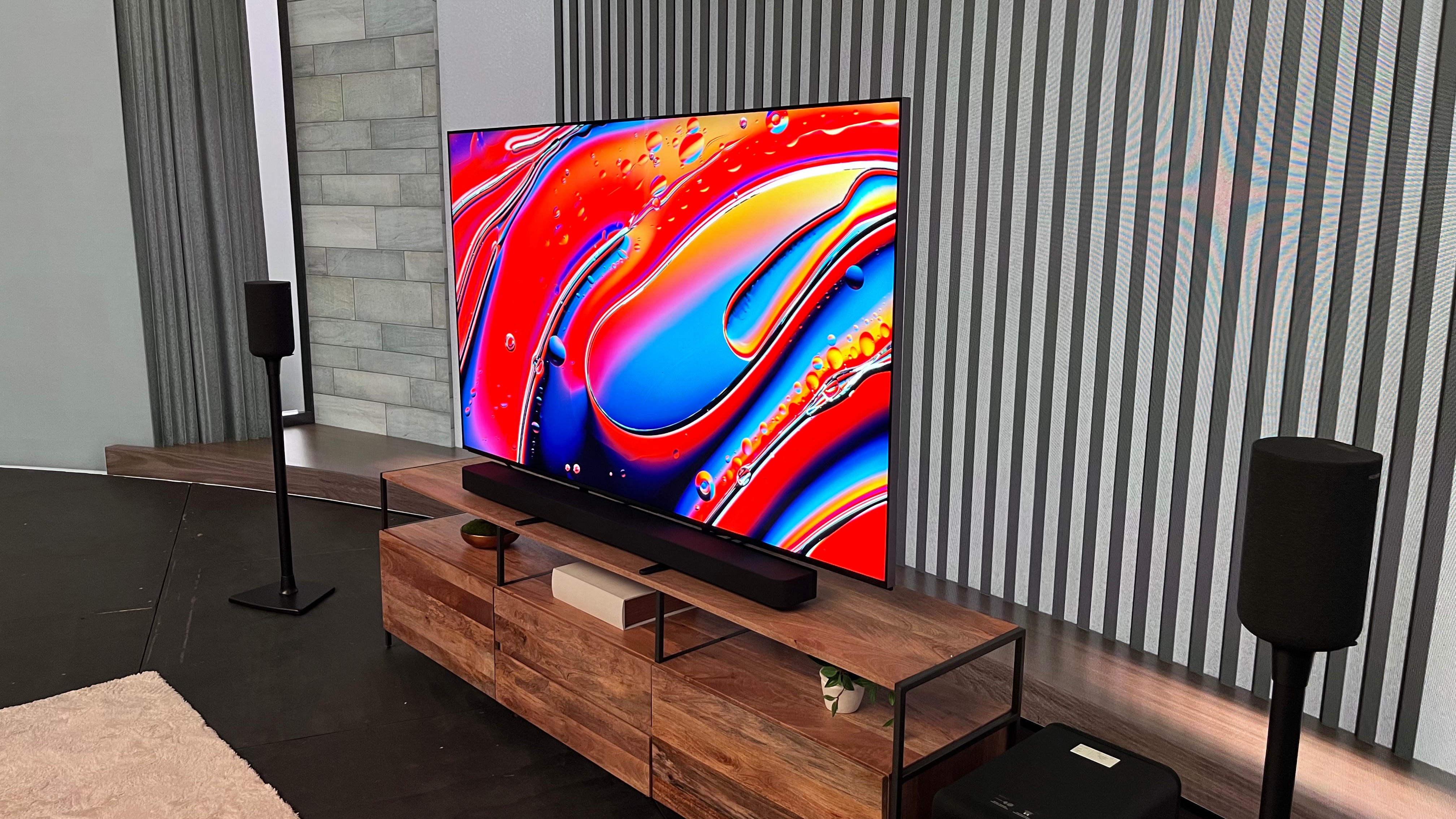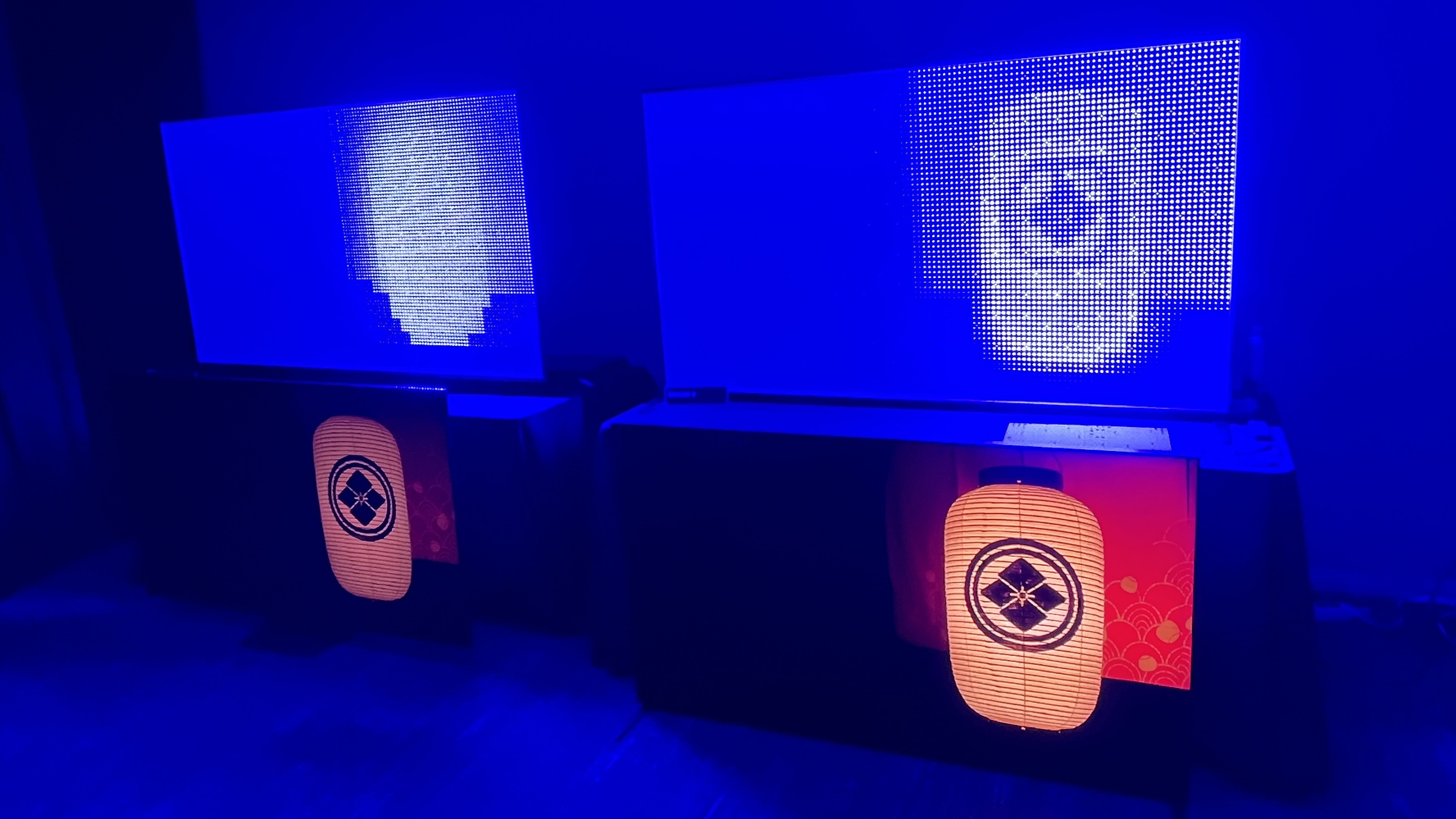
Sony revealed its 2024 TV lineup earlier this week and the announcements included four new models. The Sony Bravia 9 is the flagship TV for 2024, but, in a reversal of course for the company’s flagship models, it will use mini-LED technology, not OLED.
Sony’s mid-range OLED, the Sony A80L, was one of the best TVs released last year. Its flagship QD-OLED, the Sony A95L, was also extremely popular, and when we saw it, we were blown away. The best OLED TVs provide near-perfect black levels and contrast and Sony has been a consistent user of the display tech since its early days.
So, why has Sony opted for mini-LED for its 2024 flagship model? It’s by no means the first time the company has sold mini-LED TVs - last year’s Sony X95L was a fantastic set that we rated five stars - but the tech has never been used for Sony's flagship TV before. Why the change?
It’s worth noting that the Sony A95L was released outside Sony’s usual summer window last year, finally shipping in October and September in the US and UK. As such, it carries over as Sony’s top OLED model for 2024. But with the Bravia 9 mini-LED model, and the simultaneous introduction of the Bravia 7, another, more entry-level, mini-LED, Sony seems to be doubling down on the technology - here’s why.
The movie industry

At the end of 2023, Sony released its latest professional mastering monitor, the BVM-HX3110, which is seeing increased usage within the movie industry. It served as a follow-up to Sony’s HX310 monitor, which peaked at 1,000 nits brightness, a level most movies are mastered at.
The HX3110, in contrast, has a peak brightness of 4,000 nits. Sony is starting to master more movies at this higher brightness level and believes the industry will follow. For context, it points to movies such as The Great Gatsby, In the Heart of the Sea and Angry Birds, all of which had been mastered at 4,000 nits before the introduction of the HX3110. A Sony demo at CES 2018 also showed Gran Turismo 7, mastered at 10,000 nits, on its prototype 8K TV with a peak brightness of 4,000 nits.
With movies now being mastered at a higher brightness level, Sony believes you’ll need a brighter screen at home to handle it. New OLED TVs are brighter than ever, with models such as the LG G3 hitting a peak brightness of nearly 1,500 nits, and although we expect new OLED models to get even brighter, they don’t quite hit the same level as mini-LED.
We’re now seeing peak brightness levels of over 2,000 nits on mini-LED TVs such as the new Samsung QN90D. Also, TCL announced TVs with over 5,000 nits brightness, and Hisense’s forthcoming 110-inch TV is claimed to hit over 10,000 nits.
Sony’s new mini-LED tech

Sony’s flagship TV for 2024, the Bravia 9, features a new type of mini-LED backlight design with much smaller LED drivers than had been used before. According to Sony, these new 22-bit drivers enable higher brightness, bolder colors, and ‘OLED-level’ blacks. Since each driver is smaller than a grain of rice, a higher number can be arrayed in the backlight, allowing for more dimming zones and greater lighting control.
The Bravia 9 is said to be 50% brighter and has three times the dimming zones of the Sony X95L, its flagship mini-LED TV from 2023, while using 20% less energy Sony also says the backlight technology used in the Bravia 9 is similar to the one in the HX3110 mastering monitor, and that makes the Bravia 9 the best companion to show any movies mastered on the HX3110.
Interestingly, Sony hasn’t released any brightness specifications for the Bravia 9. If this is the ideal set to show movies mastered on the HX3110, you would naturally assume it will hit 4,000 nits but when TechRadar asked Sony about that at CES 2024, a company rep said it was unlikely. We’ll have to wait until we can test the Bravia 9 to determine its actual peak brightness.
XR Backlight Master Drive

It’s not just new LED drivers that Sony has implemented in its mini-LED TV backlight, but also its XR processor. Sony has called the feature XR Backlight Master Drive, and the XR processor manages backlight dimming differently.
Once the TV has received an input signal, the XR Processor begins its work by separating the TV’s LCD panel and backlight data. After this, the LED drivers tell the mini-LEDs what to do. There is greater control over the lighting here than with a standard LED backlight (and even with current mini-LED tech) and it results in a picture with greater contrast and more powerful brightness with less backlight blooming.
Final thoughts
We've already seen Sony’s latest mini-LED tech in the Bravia 9 in action, and we think OLED TVs should be worried. Thanks to the combination of the XR processor and new LED drivers, the Bravia 9 could be a real winner, and, as Sony says, ideal for displaying movies mastered with the HX3110 monitor.
By carrying over the Sony A95L from last year, Sony has made it clear it’s not abandoning OLED, although mini-LED tech certainly seems to be the company's priority for the future. Whether its new tech will beat OLED and QD-OLED remains to be seen, but 2024 is going to be an interesting year for TVs.







